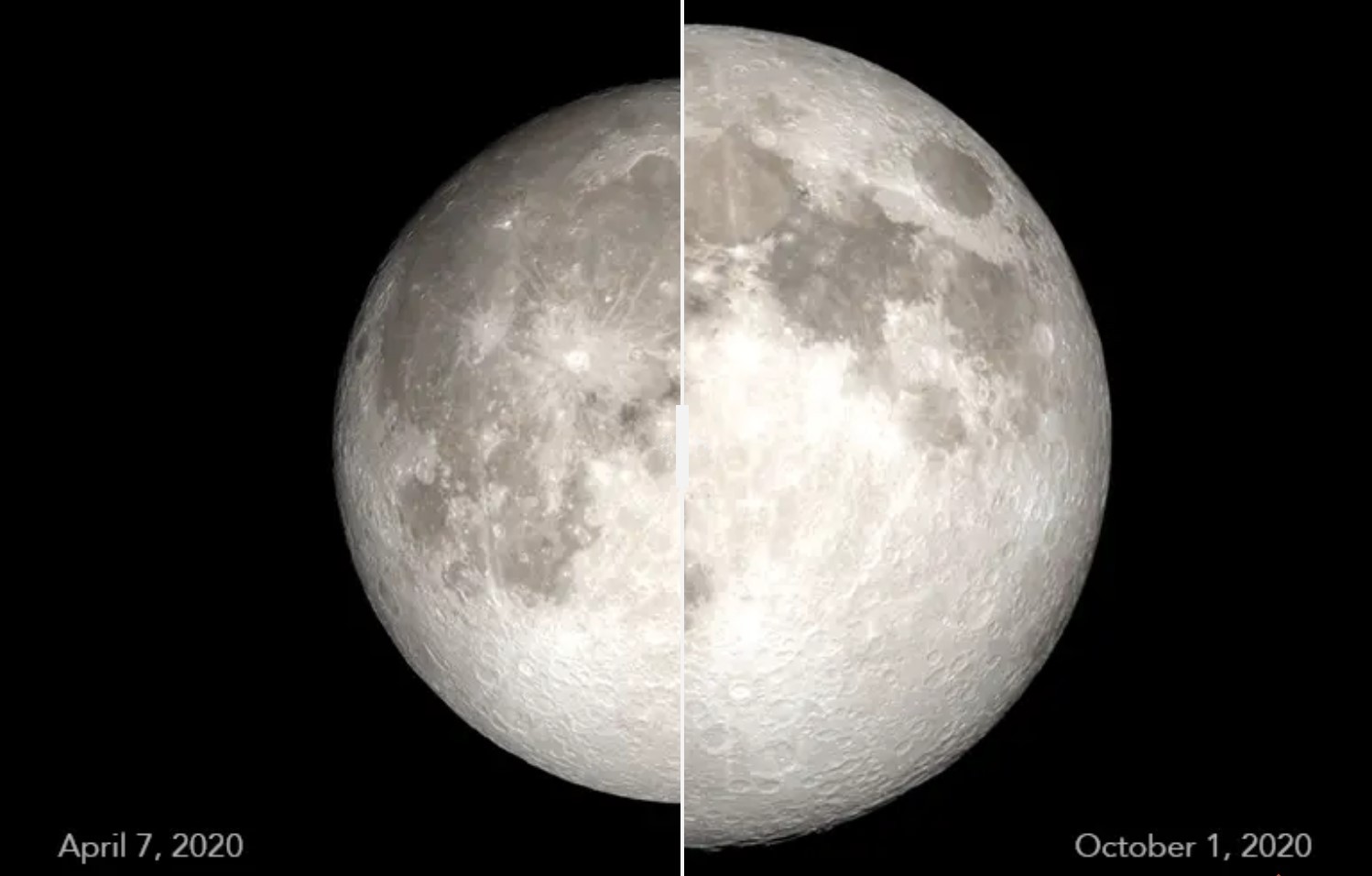What causes volcanic eruptions on Jupiter's moon Io? Scientists aren't so sure anymore
If there's no magma ocean, where does the 'melt' come from that emerges from the volcanoes as lava?

Jupiter's volcanic moon Io doesn't appear to have a subsurface ocean of magma, resolving some issues about how Io's volcanoes erupt and raising broader questions about similar magma oceans within other moons and planets.
Data from previous missions had made planetary scientists wonder whether, rather than just pockets of melt, Io contained a 31-mile (50-kilometer) deep layer of magma: a moon-wide ocean of molten rock. In the 1990s, NASA's Galileo mission performed magnetic induction measurements that suggested there was such a layer, while more recently, the distribution of volcanoes on Io mapped by NASA's Juno mission to Jupiter was considered suggestive of a global magma ocean distributing heat across the moon.
But new measurements from Juno, coupled with archival data from the Galileo mission, have seemingly put to bed to the possibility of a magma ocean beneath the surface of Io.
As many as 400 volcanoes are erupting on the surface of Jupiter's innermost moon Io, with virtually every square inch of the moon covered in lava plains. The erupting lava (molten rock that reaches the surface) comes from areas of 'melt' within the mantle, which are rising pockets of magma (molten rock that's still underground).
The energy to melt the rock in Io's mantle would come from tidal heating in the grip of Jupiter's gravitational field — Io moves around Jupiter on an eccentric orbit, and its distance from the giant planet can vary by 2,175 miles (3,500 kilometers). This means the gravitational force that it feels from Jupiter changes throughout its orbit, twisting and squeezing the interior of the moon, which results in energy being released as heat.
Coupled with similar but smaller gravitational tides from fellow moons Europa, Ganymede and Callisto, it means that a huge amount of tidal energy is injected into Io's interior, but is this enough energy to keep a layer of the mantle completely melted?
Juno arrived at Jupiter in 2016 and has made over 60 orbits of the giant planet, but for the past few years it has been edging closer and making fly-bys of the large Galilean moons. On Dec. 30, 2023 and Feb. 3, 2024, Juno flew within 930 miles (1,500 kilometers) of Io.
Get the Space.com Newsletter
Breaking space news, the latest updates on rocket launches, skywatching events and more!
It's performed more fly-bys of Io since, and that close to Io, the moon's gravity disturbs radio signals beamed from Juno to the spacecraft. Coupled with archival data from the Galileo spacecraft, researchers led by Ryan Park of NASA's Jet Propulsion Laboratory were able to use those two fly-bys to measure the gravitational field of Io, and how it changes as the volcanic moon is squeezed and stretched by Jupiter's (and its fellow moons') gravity.
If Io did have a sub-surface ocean of magma, the moon would deform under Jupiter's gravity by a significant amount. However, the Doppler measurements suggest that Io is pretty rigid, which means that its interior is fairly solid. There can be no magma ocean.

If there's no magma ocean, where does the 'melt' come from that emerges from the volcanoes as lava? On Earth, melt is produced by tectonic forces. Because melt is less dense and therefore more buoyant than the surrounding solid mantle, the magma rises up and emerges via volcanoes. While there doesn't seem to be a global magma ocean on Io, there must be pockets of magma that can rise up and out onto the surface through volcanoes.
Comparisons can be drawn between Io and Earth's moon, too. At first glance they don't look too similar — Earth's moon is barren and inert, Io is covered in volcanoes. Yet Io is only 5% larger in diameter and density than the moon. Furthermore, for the first 100 million years of our moon's existence, it did have a magma ocean as a consequence of its violent birth from the debris of a huge impact on the young Earth. Gradually the heat leaked out of Earth's moon and the magma ocean solidified. Park's team argue that tidal heating alone isn't enough to create a magma ocean — it takes something dramatic like the formation of Earth's moon to generate enough energy.
The findings also have wider repercussions for exoplanets. Astronomers are finding many exoplanets on very tight orbits around the smallest stars, known as M-dwarfs. Being so close they would be subject to tidal heating, and astronomers had wondered whether they would have global oceans of magma. The Io–Jupiter system is similar, in scale, to an exoplanet orbiting an M-dwarf, and if volcanic Io doesn't have a magma ocean then perhaps exoplanets on close orbits around M-dwarfs don't either.
The findings were published in Nature.
Join our Space Forums to keep talking space on the latest missions, night sky and more! And if you have a news tip, correction or comment, let us know at: community@space.com.

Keith Cooper is a freelance science journalist and editor in the United Kingdom, and has a degree in physics and astrophysics from the University of Manchester. He's the author of "The Contact Paradox: Challenging Our Assumptions in the Search for Extraterrestrial Intelligence" (Bloomsbury Sigma, 2020) and has written articles on astronomy, space, physics and astrobiology for a multitude of magazines and websites.









